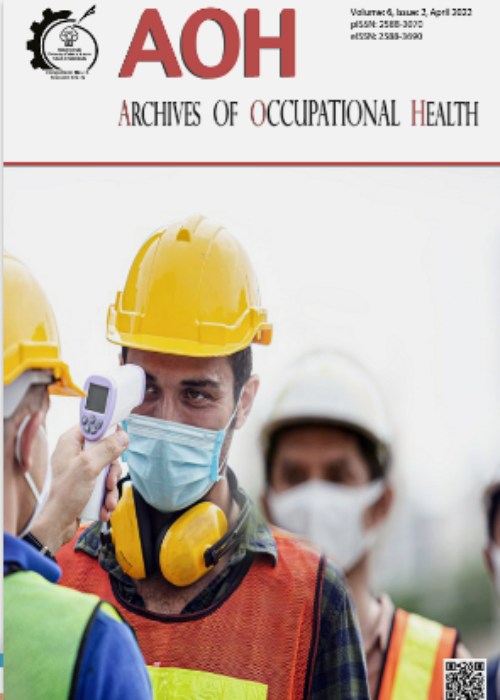Domino effects in process industries
A small fire in process industries such as refineries and petrochemicals can cause a domino effect and spread to nearby units. These industries include many processes such as production, storage, and transfer, which are different in nature and have different risks from each other. The domino effect causes the spread of the accident in the adjacent units using escalation vectors. Domino events are mostly very low frequency with severe consequences. Therefore, special attention should be paid to their prediction and control. The consequences of these accidents are diverse at different levels and besides industrial sites, they also affect people, the environment, and the economy. Therefore, the effects of these accidents are recognized as an important priority issue among risk experts and the safety community, for example, the EU requirements in the Seveso-II directive (1). A noteworthy point about most of the process accidents inside the country (Iran), such as the petrochemical accident in the Bouali Sina reservoir, was that they happened in a domino pattern (2).
Therefore, during risk analysis and assessment, it is not only important to deal with one equipment or unit, but the chain effects of the accidents of that equipment or unit on other units should also be considered, and this can be done by examining the domino effects of accidents. A domino system consists of at least two source and target subsystems. The domino effect has several basic components:
The initiator of the domino effect, which is the initial event, is often fire and explosion. The possible causes of these events can be a combination of human, process, and organizational management factors. This can be achieved by using Root Cause Analysis (RCA) approaches such as Fault Tree Analysis (FTA), and Fishbone. Natural disasters in industrial environments (Natural Hazards Triggering Technological Disasters: Natech) and terrorist attacks are other possible causes of an initial event. In the study of Taveau (2011), 206 incidents that occurred continuously in floating roof tanks were investigated, of which 145 incidents were fires and 61 incidents were explosions (3). According to Kletz et al.'s study, the main causes of accidents in these tanks were lightning (32%), maintenance operations (13%), operational errors (12%), equipment failure (8%), sabotage (8%), cracking and rupture (7%), pipe leakage and rupture (6%), static electricity (5%), open flames (4%), natural disasters (3%) and runaway reaction (2%) (4).
Escalation vectors that are responsible for the possible spread of the accident. Escalation vectors are physical effects such as thermal radiation, excessive pressure, or fragments thrown by explosions. Escalation vectors depend on various factors, such as the type of initial event and the distance between the center of the event and neighboring units.
Secondary random events can happen from one to several.
A final consequence that is much more severe than the consequences of the initial event. The domino effect is a sequence of successive reactions, the result of each reaction can be to strengthen the result of the previous reaction.
There are several methods for calculating escalation vectors, including analytical models, integral models, and average models, which are a combination of two analytical and integral models (2). To determine which units are affected, the initial vectors applied to the adjacent units as a result of the initial event should be compared with the predetermined threshold values. If the escalation vectors are significantly higher than the corresponding threshold, it means that they have enough power to damage the adjacent units, which itself leads to the loss of safety or physical integrity. Therefore, a preliminary screening of the neighboring units is done by doing this comparison, and potential secondary targets are identified. Potential secondary units are those adjacent units that are more likely to participate in the domino effect. The presence of secondary units in the domino effect not only aggravates the accident and the consequences but also causes the domino effect to be promoted to a higher level by affecting the third unit. The escalation vectors caused by secondary events also lead to the occurrence of other events at the third level. Therefore, more attention in this field will improve the safety culture to prevent these accidents. The definition of student theses and their practical implementation in industries can be one of these cases.
- حق عضویت دریافتی صرف حمایت از نشریات عضو و نگهداری، تکمیل و توسعه مگیران میشود.
- پرداخت حق اشتراک و دانلود مقالات اجازه بازنشر آن در سایر رسانههای چاپی و دیجیتال را به کاربر نمیدهد.


